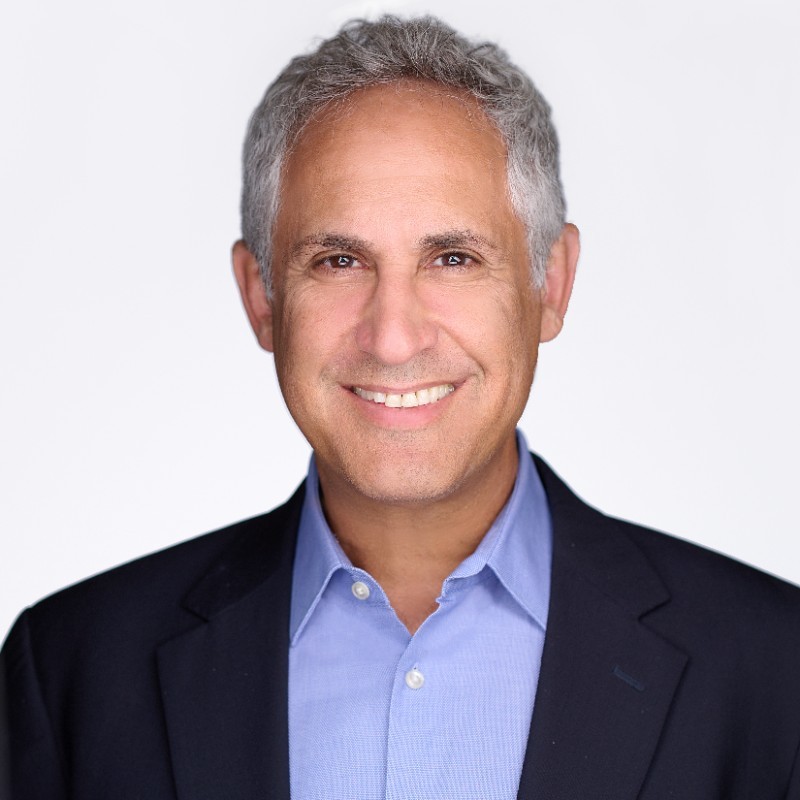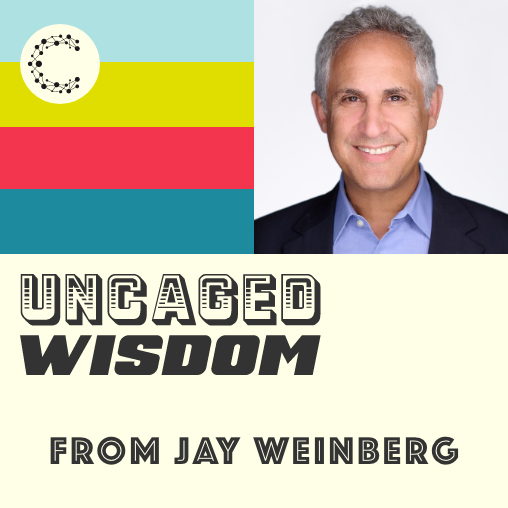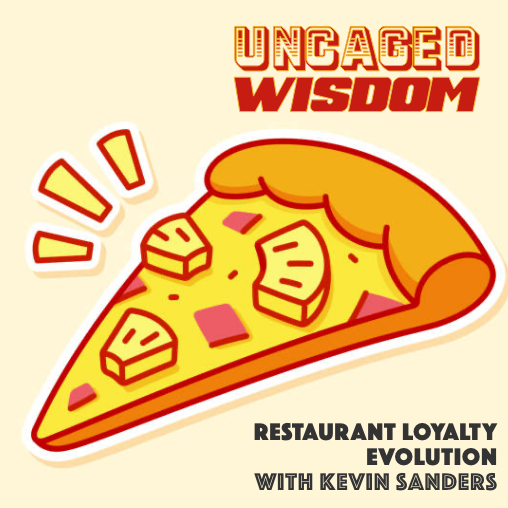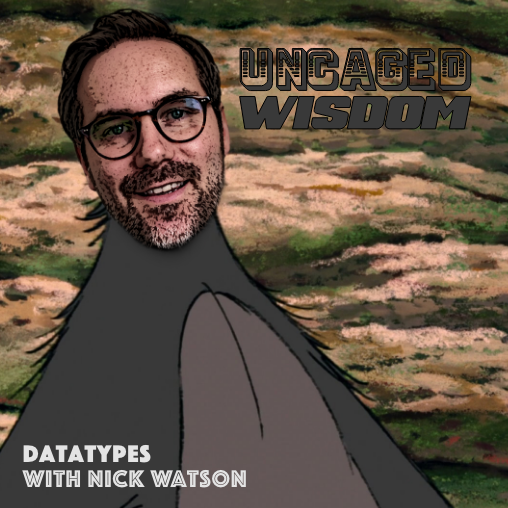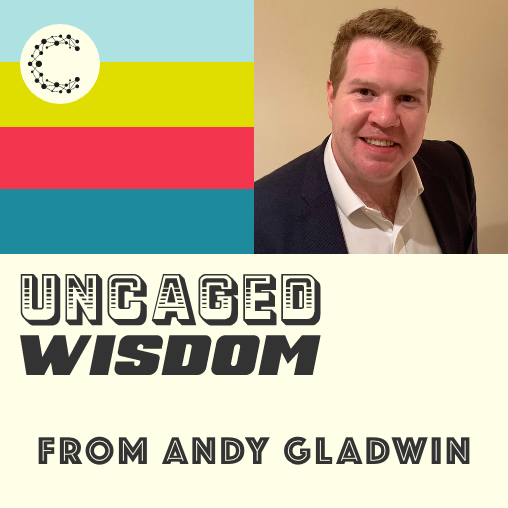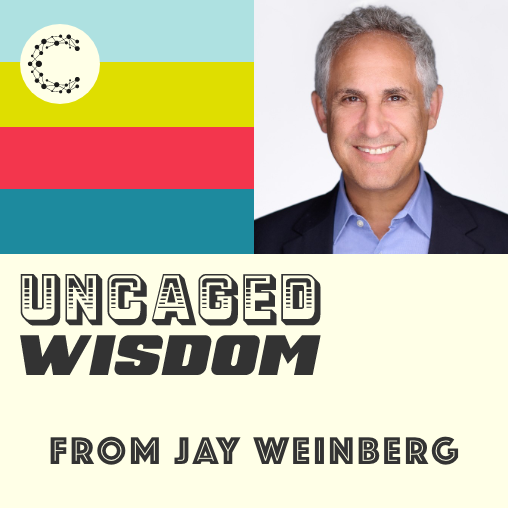A Breakdown of the Critical Elements of Financial Modeling w/ Jay Weinberg
- 0.5
- 1
- 1.25
- 1.5
- 1.75
- 2
Speaker 1: A border collie handled by Jennifer Crank from Pickerington, Ohio.
Speaker 2: P! nk, the two time defending champion here at Westminster in the 16- inch class. Can she make it three in a row?
Jennifer: Stay. Jump. Jump, jump. P! nk.
Speaker 2: Are we going to get a three- peat?
Speaker 4: Uncaged Wisdom. Cheetah Digital's podcast for modern marketing.
Julian: So now Jay, we're going to look at the elements included in financial models as we sort of promise we would. A line I'll still from you that will make me sound smarter than I already am on this subject, is" A financial model is designed to tell the story of a loyalty program through a financial lens." I'll set us up with a first one, and maybe you can start taking us up through these and we can elaborate on them. But looking at what a financial model consists of, number one or bullet, established parameters. So how do we get our heads around by that initial piece?
Jay: Sure. If you think of an Excel spreadsheet as your canvas, and your parameters and your assumptions as your brushes and what you can use, basically what you're trying to do is to paint the picture of what this loyalty program will look like from a financial standpoint. So the established parameters is really one of, I'd say, four basic kinds of elements that we like to use when building a financial model. And these established parameters are basic facts that you include in the program or in the model, such as things like the number of stores, or the number of properties that you have that's fixed or expected to expand over the number of years. Things like that. If you have a retail operation and you have a thousand locations in a website, that's an established parameter. Also, things like past spending. So anything in the past that you can use as a benchmark. So understanding your past lifetime value, your past number of purchases within a year, your past average dollar sale. And these are all kind of retail examples, but those kinds of things. And past number of customers as well as other things like seasonality percentage of sales within each month through the year based on seasonality. These are what we call established parameters that you can use in the model.
Julian: These established parameters, are they the foundation of data points that you can start to consider how to plan this out with things that you could draw... Not necessarily inspiration, but certainly input from to help you build on the others?
Jay: Right. Exactly. Whether it's starting a program from scratch or revamping something that you already have, these established parameters give you the foundation and benchmark to which you want to build off of in your assumptions.
Speaker 2: Gatlin's got a good enough start. Bolt was a bit slow to begin. He's got some work to do. Gatlin's in front. Bolt stretching out now. He's coming after him. He's immortal now. Usain's done it. Gatlin challenged for the silver medal. 9.80. All the way from Beijing to London and now to Rio. It is one of the greatest athletic achievements of all time, if not the very greatest.
Julian: Number two. Variable parameters. So it's been establish, now let's hit the variable.
Jay: And think of it when you're building a financial model. If you are including all of your assumptions and parameters, the established parameters are the ones that at you write in ink. These are the ones that you're not changing. The variable parameters are the ones that you're writing in pencil. These are the ones that you can manipulate and change based on valuable assumptions. You can manipulate and change them to really change the parameters and change the outcomes of what your financial model is going to look like. So variable parameters are these program elements that are part of this value proposition. Things like, what kind of a lift are we going to get in the average order of value or average dollar sales? What kind of response rates can we expect to certain promotions or to the program in general? For example, enrollment rate. What do we think we are going to get in terms of an enrollment rate? And that can be a percentage of customers who come in and buy, or it can be just a raw number each month, or something like that.
Julian: Are those the sort of things that you would have a sort of idea on at the beginning? And obviously you've said that they might go either way, so you just keep an eye on them. But also, can surprise or additional variable parameters come in during the planning or even once something's launched?
Jay: Well, for one thing, you do want to make sure that your variables pass the smell test, or sometimes I like to call the laugh test, in making sure that your assumptions are within reason. A 50% increase in something may be just laughable, whereas a 3% increase may be reasonable. So that can give you the parameters and guidelines that you can use to help establish some of your other parameters, such as what are some of the costs? Regarding surprise parameters, absolutely, there are always new variables that come into play when conceptualizing or designing a program. I don't think I've ever built a financial model that has stayed exactly solid from the very first draft through the start of the program. There's always some kind of a parameter that comes into play. A new twist on it, whether it's a new benefit or free shipping, for example. Or a new promotion idea. Things that come into play where you'd have to predict the outcome of that kind of a program. So it's important to understand that. I know it, and I'll always have a spot to place that in and see what kind of an effect it has on the rest of the program. So those will always come into play, yes.
Speaker 2: One hundred. 147 shot for a nine- dart finish from Philip Taylor. Hold your breath. Triple 17. Double 18. For a moment of history... He did it! He did it! A nine-darter! I do not believe my godlin bins!
Julian: This is a big one. Estimated costs. You don't want to get this one wrong, do you?
Jay: No, you don't. Estimated costs, of course, is the other side of the equation. The first part being using your parameters to determine what kind of a positive impact you're going to have on sales and purchasing. And then on the other side is what are the estimated costs? So the parameters here we're thinking of about are both fixed costs and variable costs. What's your margin? For example. Cost of goods sold. We want to make sure that we include that. So we're looking at profits, not just incremental revenue. And there's other fixed costs. For example, technology. This of course is where sometimes Cheetah comes in, is because loyalty programs have certain fixed costs. There's communications costs, there's marketing costs, there's technology costs in a number of different ways. There could be labor costs, call center costs, management costs, analytic costs. All of these need to be considered when structuring a financial model and building a loyalty program, of course. We have templates that have all different kinds of costs on there. There's usually something that's very customized to each client. Some of them, in fact, just don't like to burden the program with certain costs and some of them do. So it depends on the methodology and philosophy that each client is using, whether or not they want to burden a loyalty program, for example, with operational costs and the costs of customer service reps and even people managing the program.
Speaker 2: Stopped it. Harper's on him. Behind the screen. Harper got a piece of it. It comes off. The Chicago Bulls have won their sixth NBA championship and it's their second three- peat.
Julian: And then finally... We've got to make sure it's all worthwhile, really. We've had all these financial considerations, but comes down to outcomes, making things worth the effort, really. We need to plan what we expect to get at the end of it, which will determine the success of the program. And actually, if it really has helped the business in a positive way.
Jay: Absolutely. So if you think about the initial parameters, those first three elements of the program, those are all input parameters, established parameters, variable parameters, and estimated costs. Those are all inputs. The outcome, this is the element of the financial model that is really your output. What is the result of all of those inputs? Of all of those pluses and minuses? So really what it is is the financial results based on all of those parameters. And it includes, what are the incremental sales? What is the liability that you're going to be undertaking? What kind of an ROI are you getting? What kind of a profit and loss are you getting? So we look at things like total spending by members of the program. If it's a points based program, how many points have they earned? The number of rewards and the value of those rewards that get issued? Because you remember not all points are going to be actually issued in rewards in the structure of most programs. Some of them are just going to be sitting on the sidelines and eventually expire. Assuming there's an expiration. Looking at the total number of outstanding points at any given point in time. How many outstanding points do we have out there? Those are typically like in the millions and billions for programs. And then, what's the liability based on those points? And liability can be at 100%. So this is everything, if everybody uses every one of their points, what's our liability? And you could also look at it from a breakage standpoint, once you understand that we're seeing that 50% of points will never be used, 50% will eventually be realized out there in value. So then you can use liability in that term in a breakage sense. So you can do it without, or with breakage. And then the ones I like to look at, because this to me are the most important parameters of a program, which is what are the incremental sales? How much more are people going to spend because of this program than they would've spent without the program? As well, I like to look at incremental margin because a program, of course, is going to provide some kind of benefit or discount. So you want to make sure that you're maintaining your established margins or close to that. So we look at the return on investment percentage, the ROI, and we look at the profit or loss for the program, the actual dollar.
Speaker 2: And Ali is the world heavyweight champion for the third time. The new champion, Muhammad Ali. Muhammad Ali, the new champion.
Julian: To ring this out, when it all goes right on the outcomes, and I'm thinking about the outcomes here specifically, what are some of the biggest benefits you've seen a brand achieve?
Jay: Yes, for sure. And I would say that the main things that people look at... There's lots of different parameters and there's even soft ones that people look at sometimes. I've done a couple of hotel programs where they are management companies who are trying to secure other contracts for properties, and they use this loyalty program as an asset and a tiebreaker if they're trying to get new contracts. So all they really care about is to break even, and they don't even need to make it profitable, as long as it's not too much of a burden on an expense, it allows them to have a different kind of financial gain outcome, as opposed to making the program more profitable. We recently had done a program for a retail company about a thousand stores, little less, and the program has been amazingly successful. In fact, they've really overachieved when it comes to the total number of members that they've been able to enroll in the program and the percentage of those members. And most surprisingly to them, they're actually are getting a lift. They're getting a good, modest lift, I would say, in the number of sales, the number of return purchases. This is a brand that people will typically do anywhere from three to 10 transactions per year, some even more. But they are seeing a slight lift in the number of transactions, but where they're really seeing a surprising benefit is in the average dollar sale. They have told us," Don't predict any average dollar sale increase. People have X number of dollars to spend at our store and everything we've done, nothing has moved that needle." Well, this program actually has moved that needle. So it was really very surprising. A little surprising to me as well, because I took them at their word. They know their business better than we know their business. And so we were very pleasantly surprised and they were very pleasantly surprised that when somebody was in particular redeeming a reward. So somebody was coming in with a reward, they were saying, okay, if it's a$5 reward, for example, then they are going to spend their regular, I'm going to just going to say$ 25. They're going to spend their regular$ 25 and they're going to get a$ 5 discount. So the net is going to be 20. And what we're seeing is that they are spending instead of 25, they're spending 30ish. And so they're overcoming that$ 5 burden of the reward. So that was a very, very positive outcome in the program.
Julian: Brilliant.
Jay: Yeah. Some of the programs, some clients will insist on a five to one return on investment, for example, because that's what they evaluate programs on. And others will say just as long as this program doesn't cost us an arm and a leg, then we are in good shape.
Speaker 2: Beckham into Sheringham... and Solskjaer has won it! Manchester United have reached the Promised Land. Ole Solskjaer. The two substitutes have scored the two goals in stoppage time, and the Treble looms large.
Speaker 8: Subscribe to Uncaged Wisdom for the latest and greatest in digital marketing insights and how they're solving problems with software and strategies.
DESCRIPTION
Today's episode is the second part of a loyalty trilogy with guest Jay Weinberg. Jay is a Marketing Strategy Expert at Ascendant Loyalty Marking. He discusses financial modeling for loyalty programs by breaking the topic into three essential parts:
• Why is Financial Modeling is crucial to a successful loyalty program
• A breakdown of the critical elements of Financial Modeling
• A deep dive into the complexity of Financial Modeling for loyalty programs.
Listen now to start building your Financial Model for a more successful program.
Today's Guests
